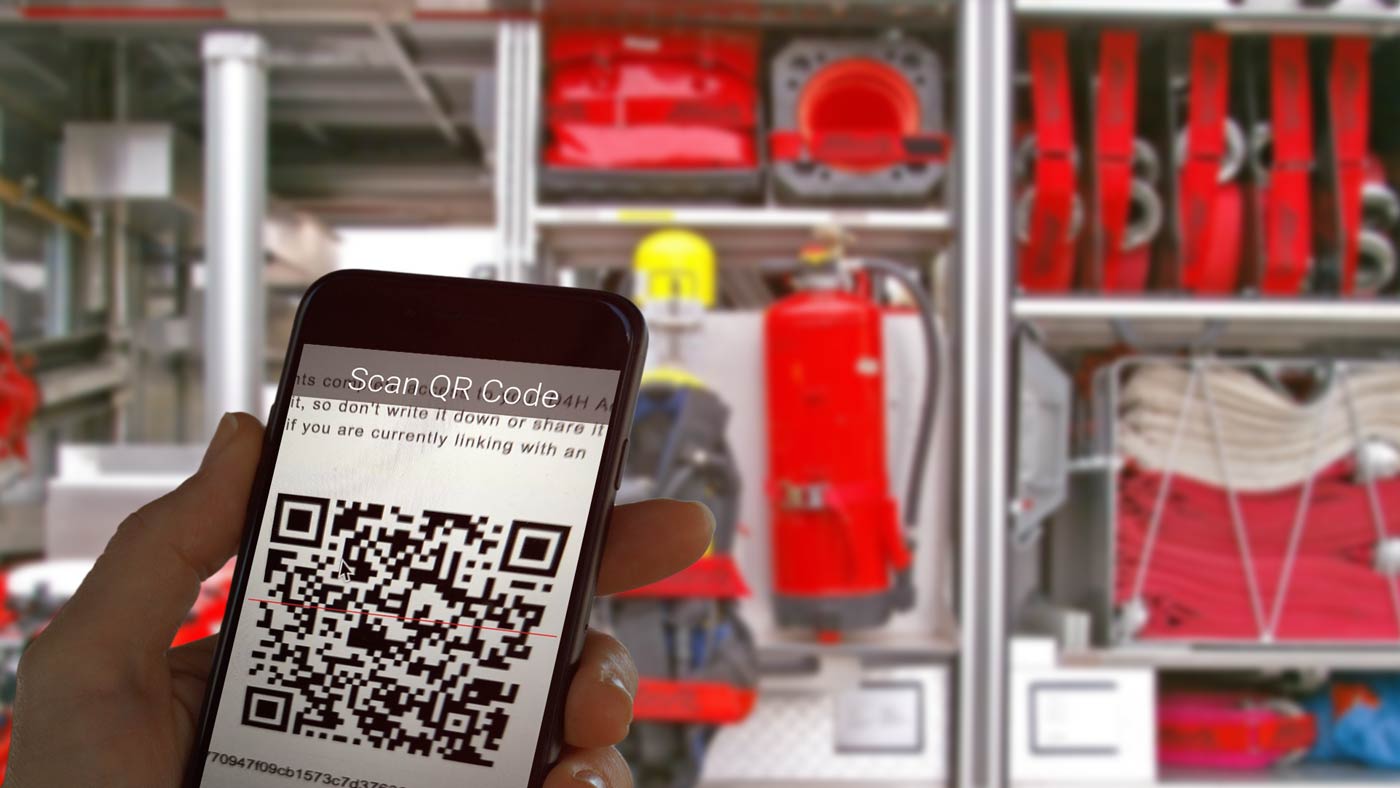Last week I talked about using a simple sequential equipment tag numbering sequence, as opposed to a complicated nomenclature system when you design the tags that you are going to use for your Equipment Inventory & Tagging (EI&T) system, which is the foundation of any effective asset management program.
Once you have made the decision on the numbering, next you have to decide if you want to include bar codes and/or QR codes on your tag. Bar codes have been around a lot longer than QR codes. However, QR codes had a real moment during the pandemic, not just within asset management.
The first thing you need to understand is what your current Computerized Maintenance Management System (CMMS) can read, and what it can/will do when you scan a tag. Most modern CMMS will scan a bar code directly within their application. You can either be directed to the details of the specific piece of equipment, or in some cases directly to the work order that your staff is meant to be completing.
If your CMMS cannot scan bar codes then you have to figure out how to scan the code and then redirect to your CMMS system. QR codes can be used to do this, but there are also ways to use an intermediary system that will scan the bar code and then can redirect you to wherever you want it to go within your current CMMS system. This intermediary becomes the “source” of truth for your tags and will then direct you to the CMMS location where all of the information is stored, As more and more CMMS include embedded bar code scanning, the need for this type of system will likely become less necessary over time.
At some point, if QR codes become the dominant identifier then bar codes may fade away, and CMMS may no longer include the bar code scanning functionality. However, I predict that will take some time as software development cycles for large complex CMMS software tend to be relatively long.
At Roth IAMS we recommend that clients use both a bar code and QR code on their asset tags as it provides you a tried and true scanning method (bar codes) and the newer technology (QR codes).
Next week I will jump into QR codes in more detail as we wrap up this three-part post within our EI&T series.




